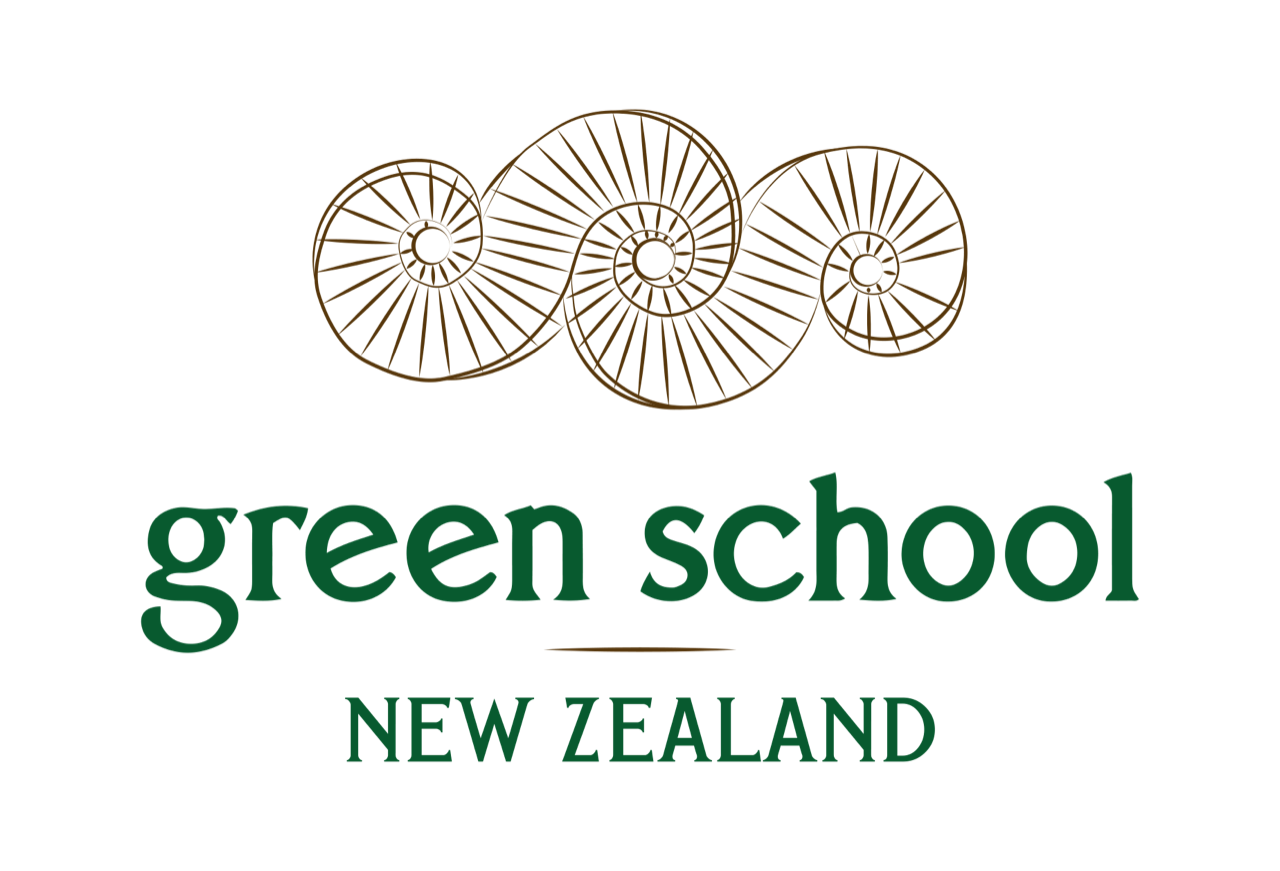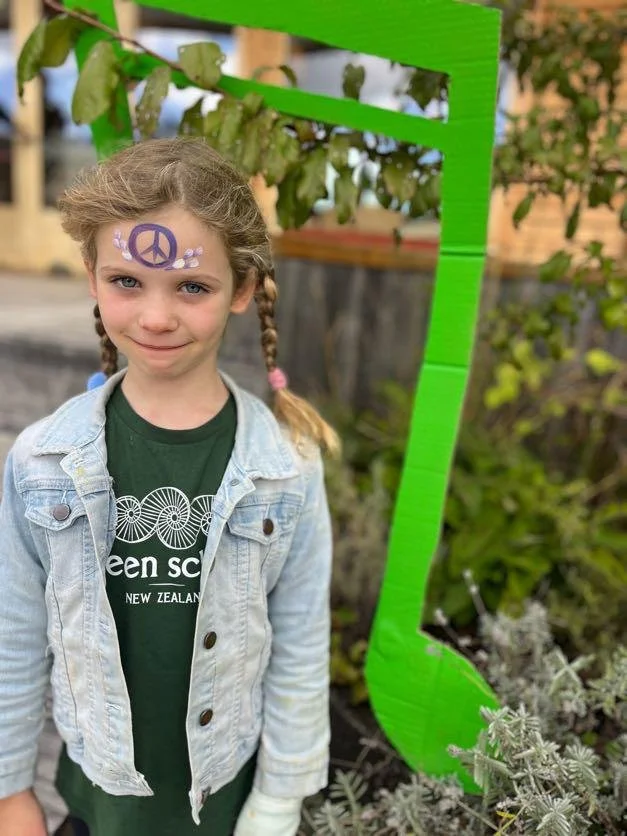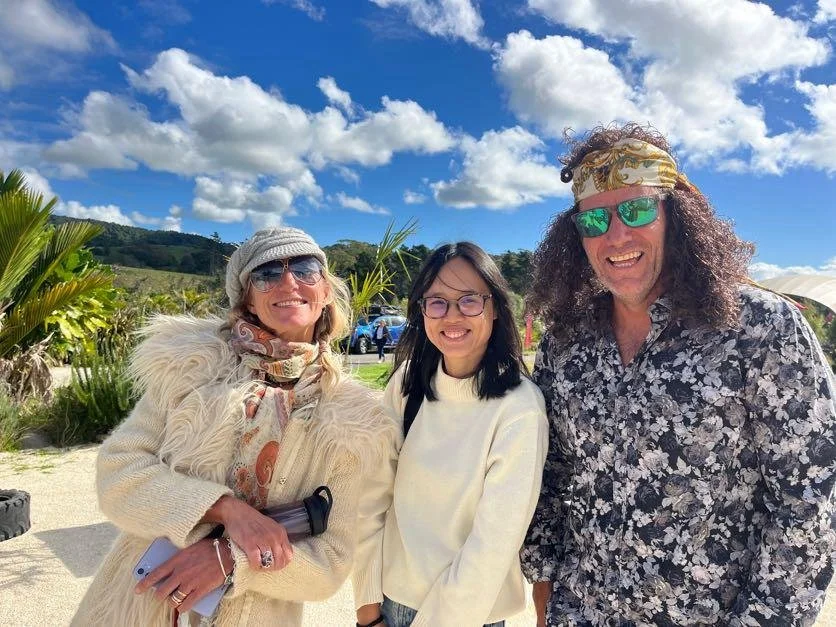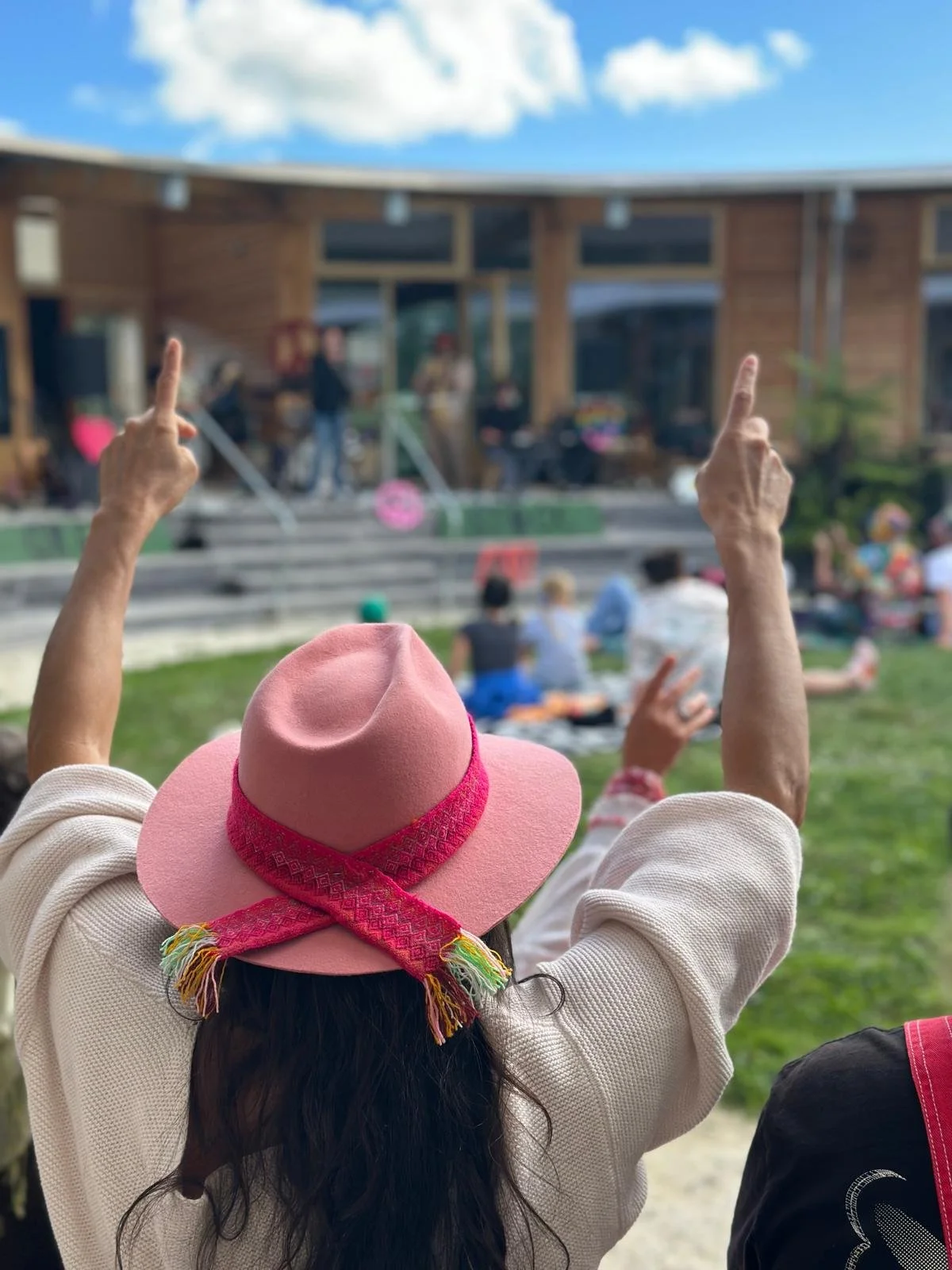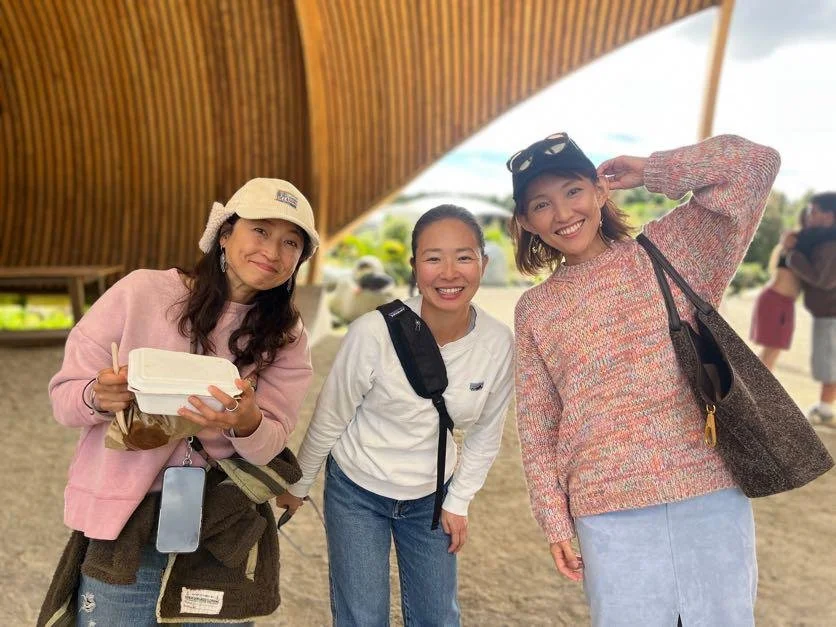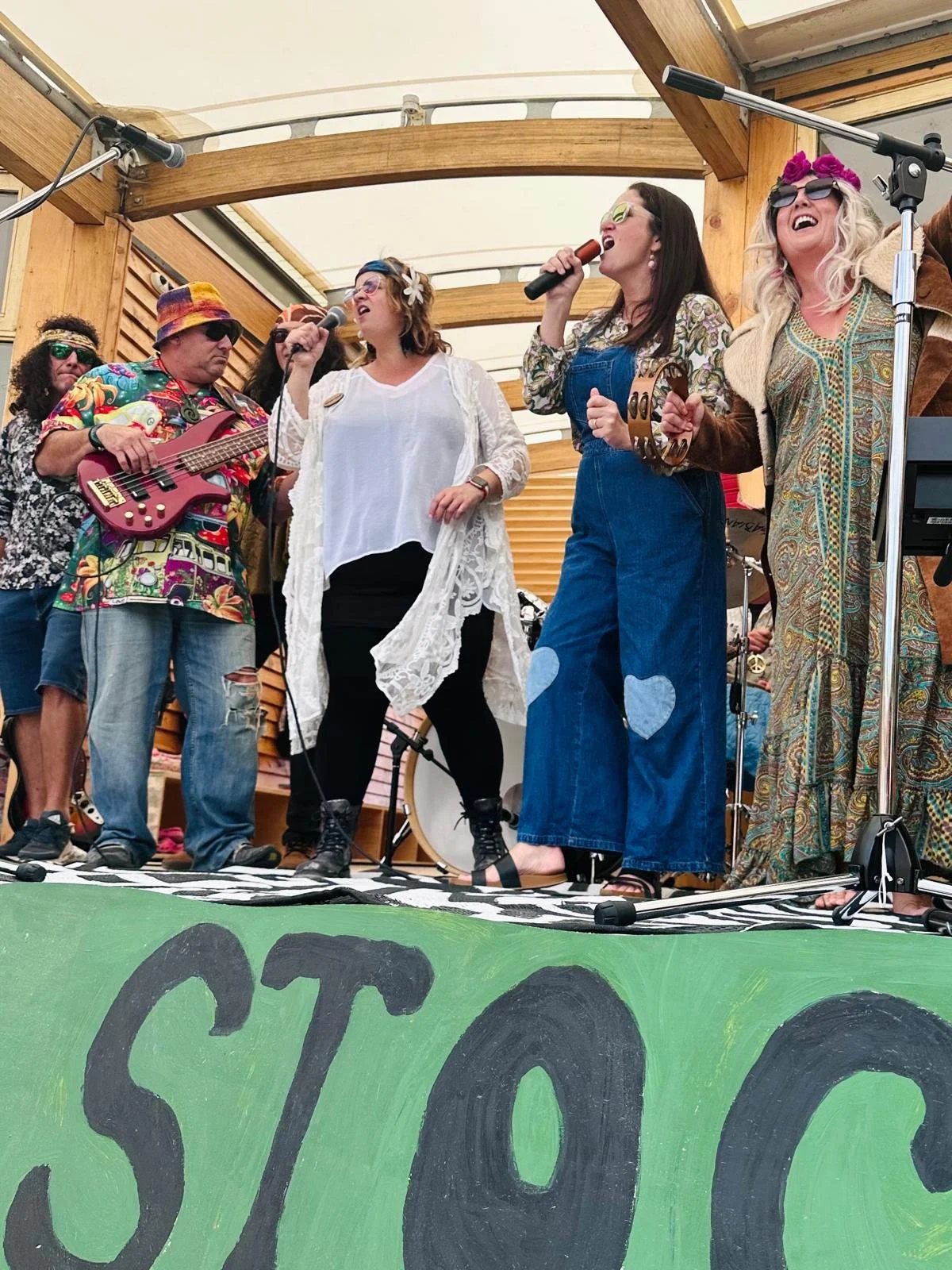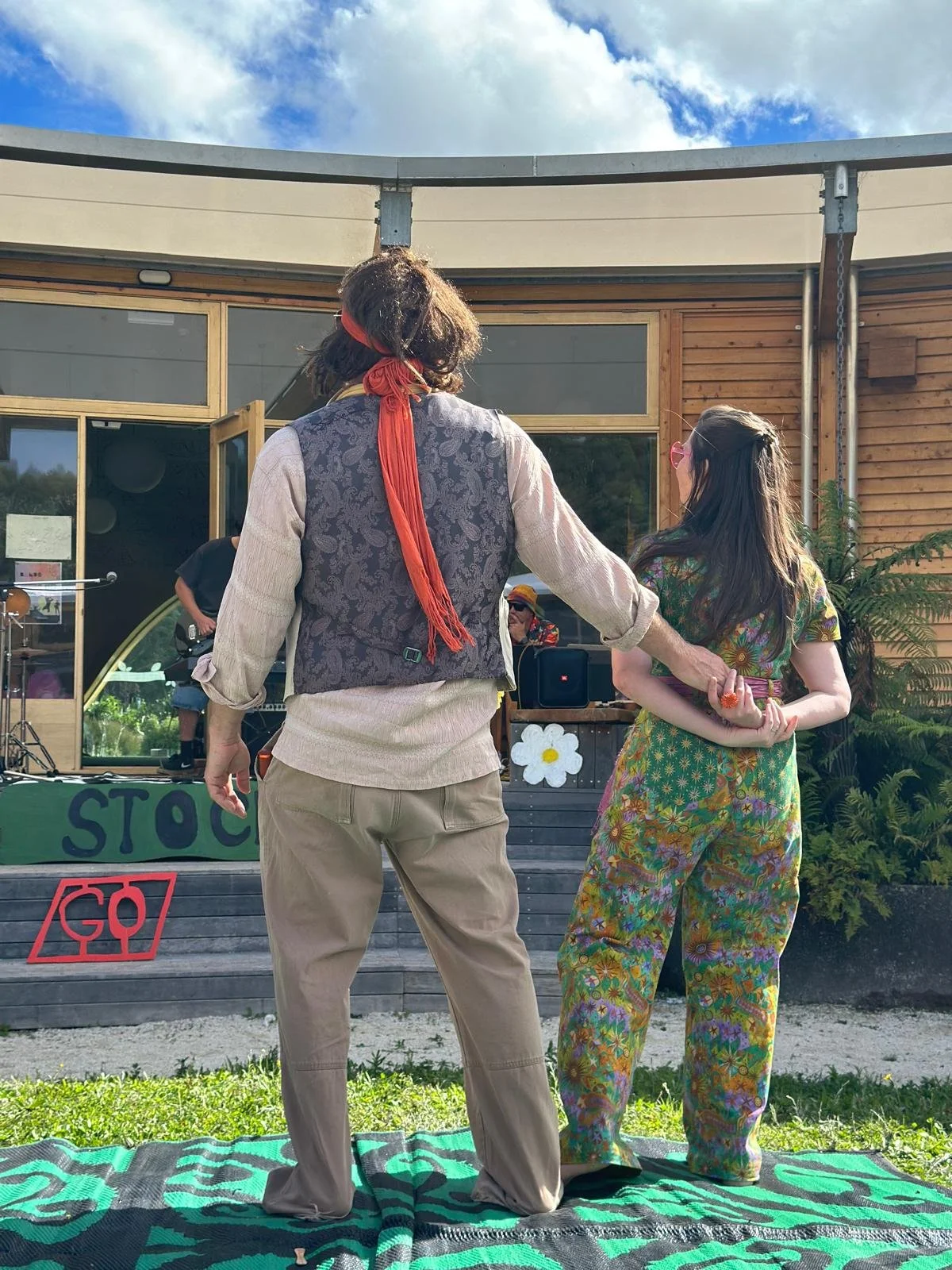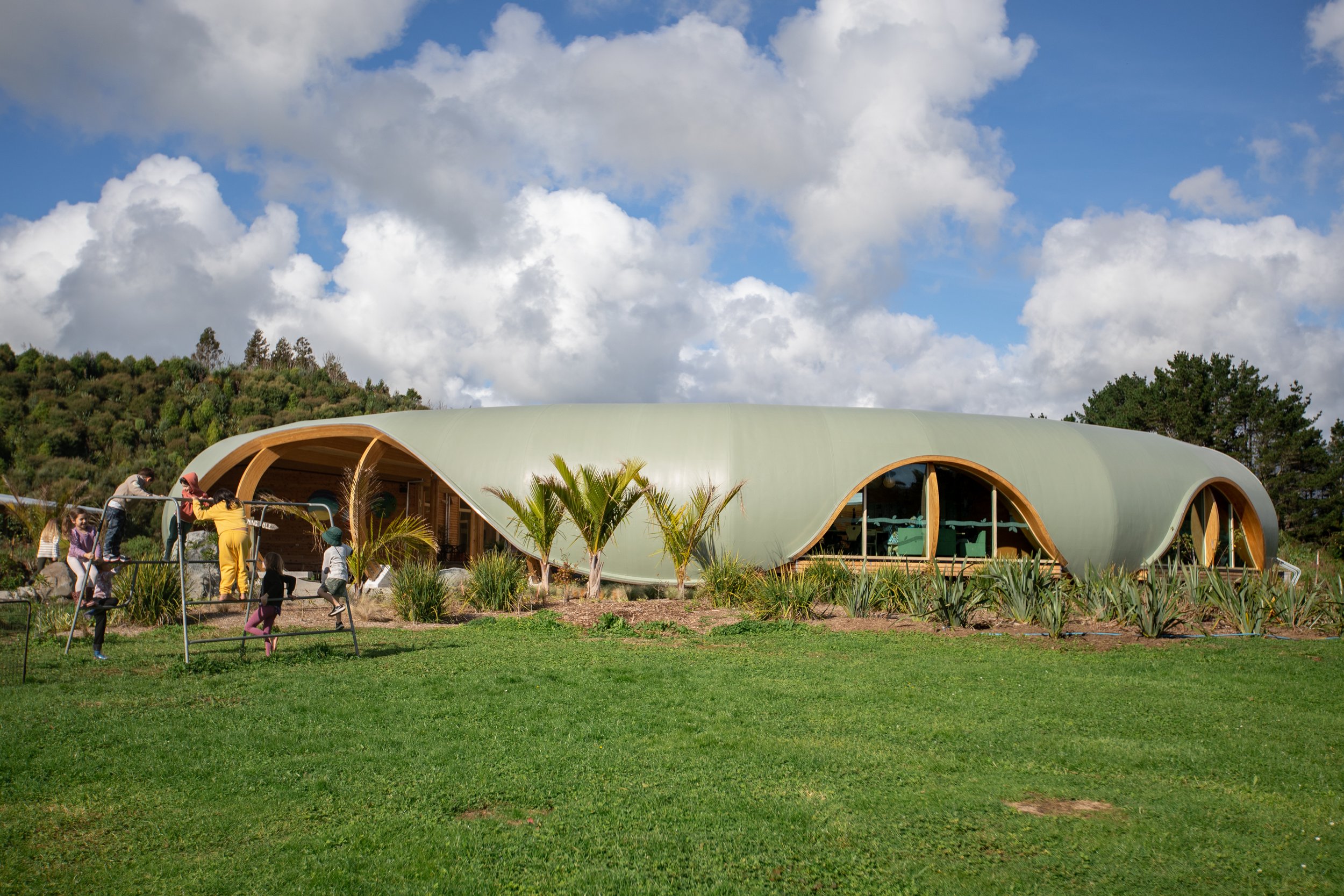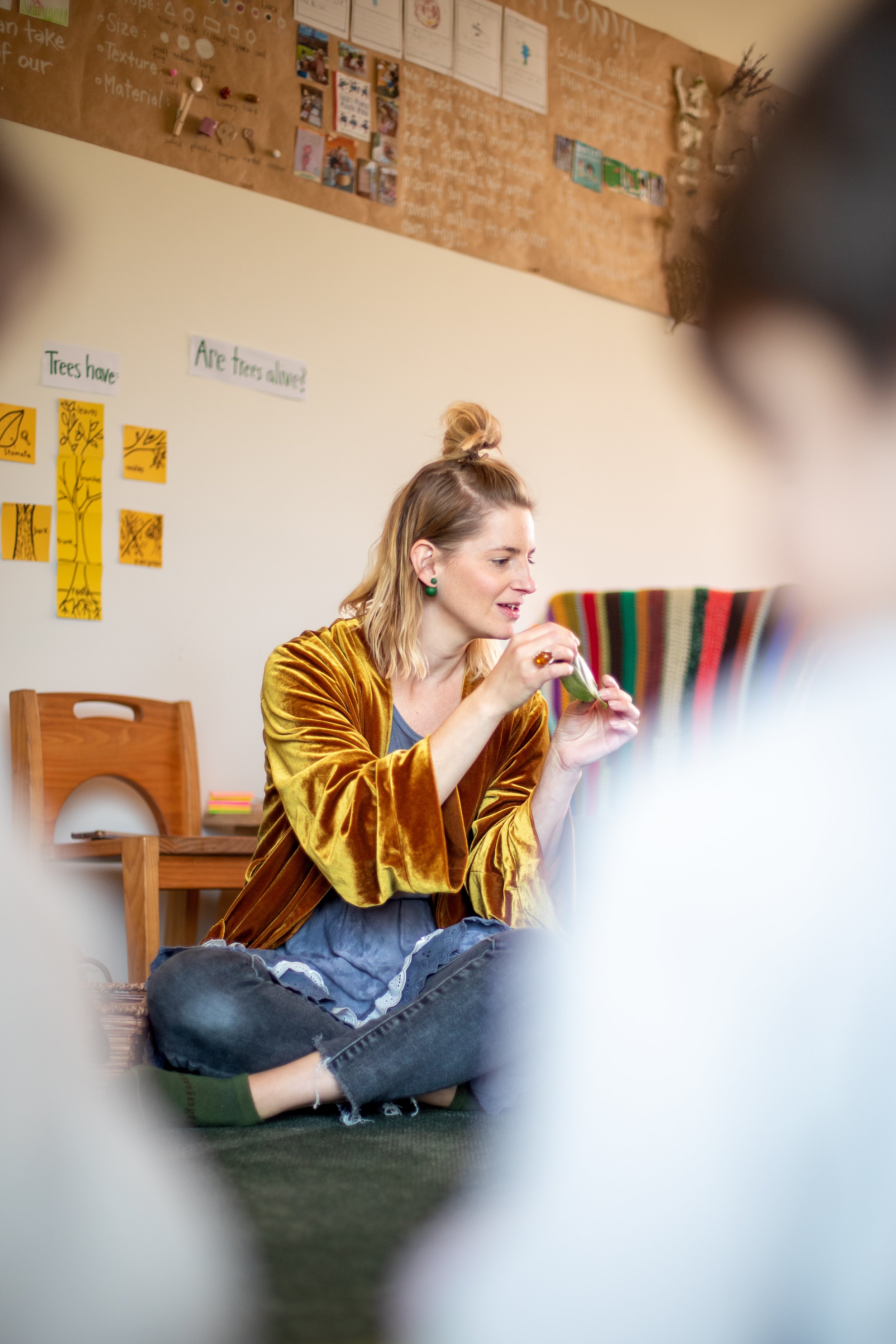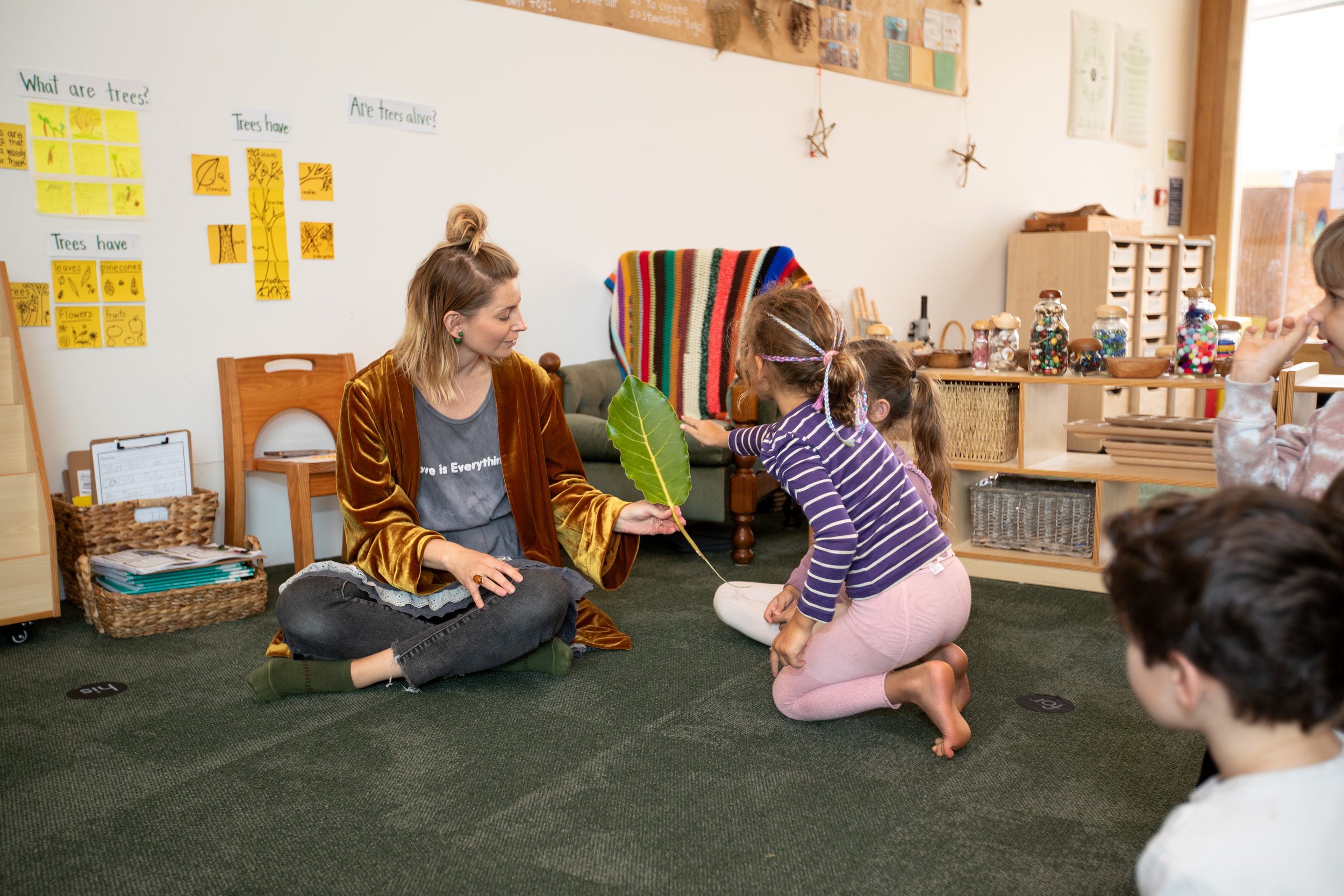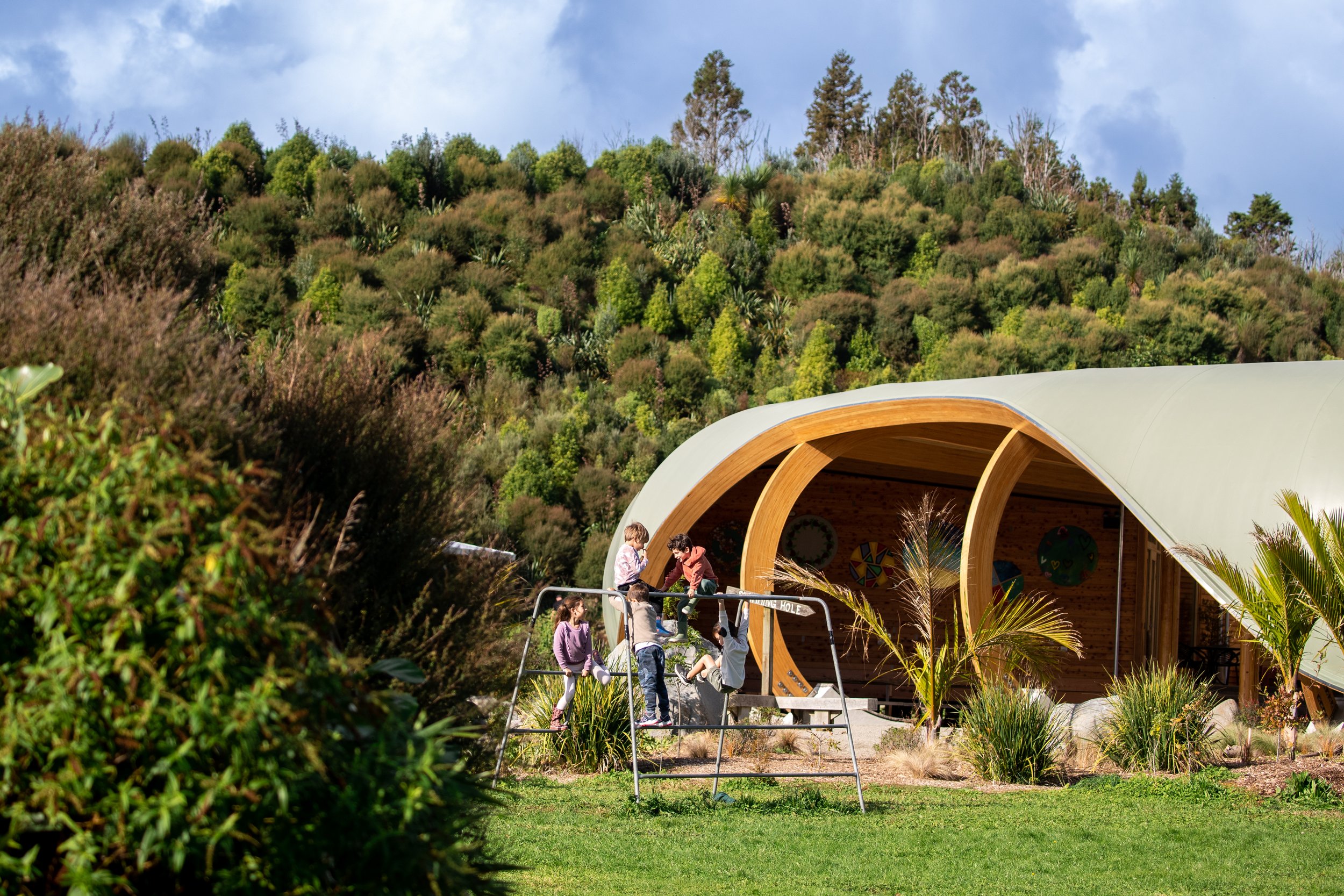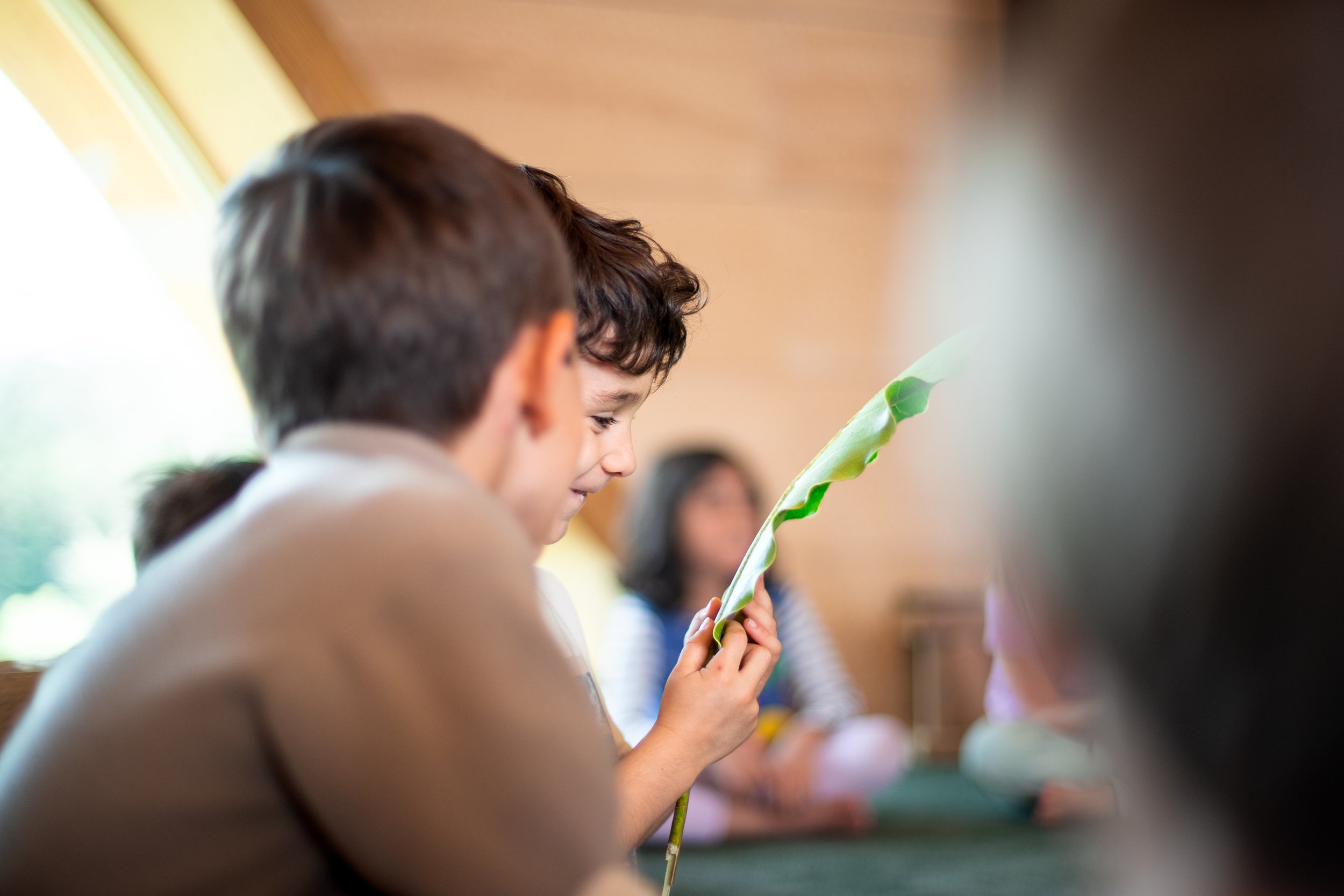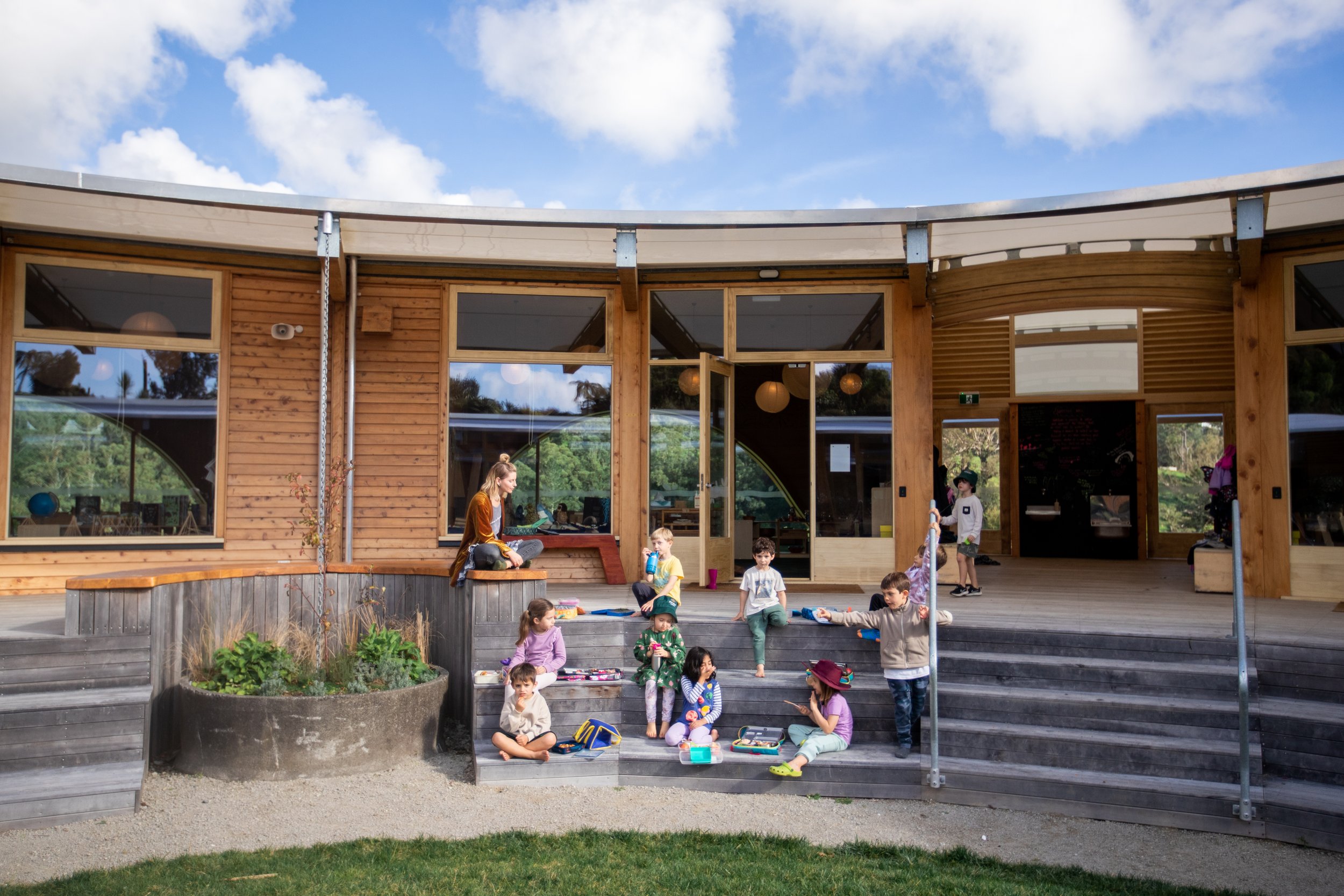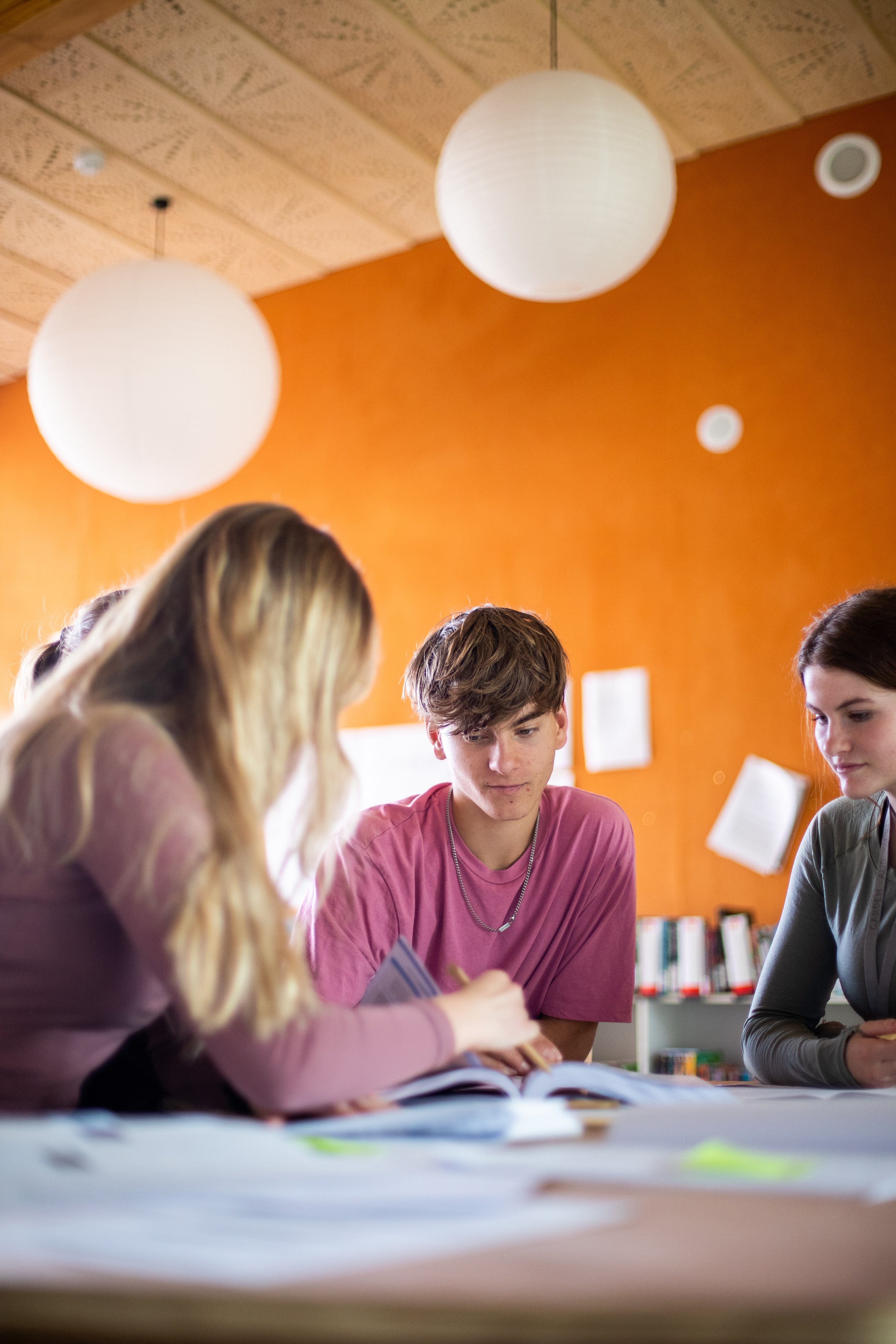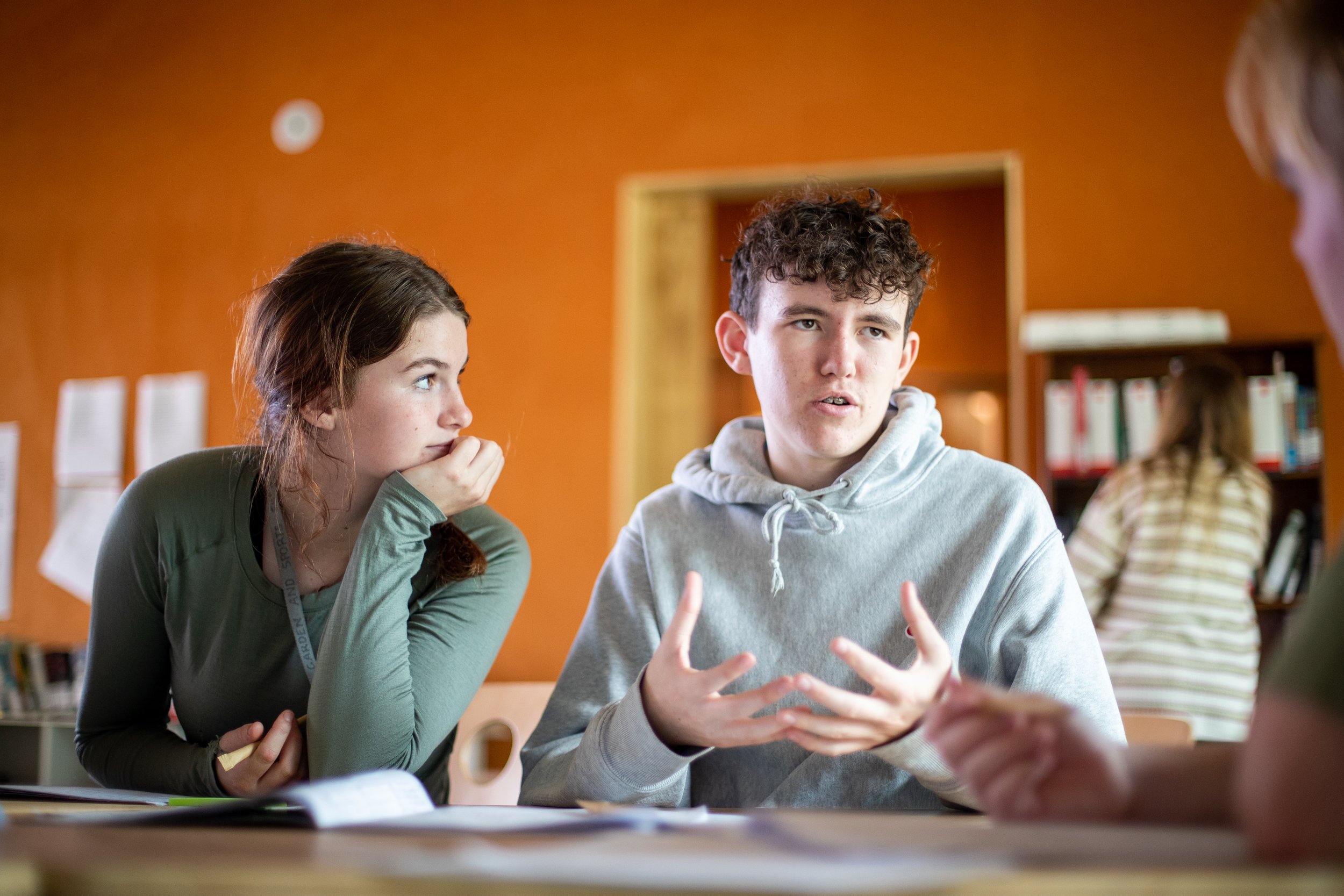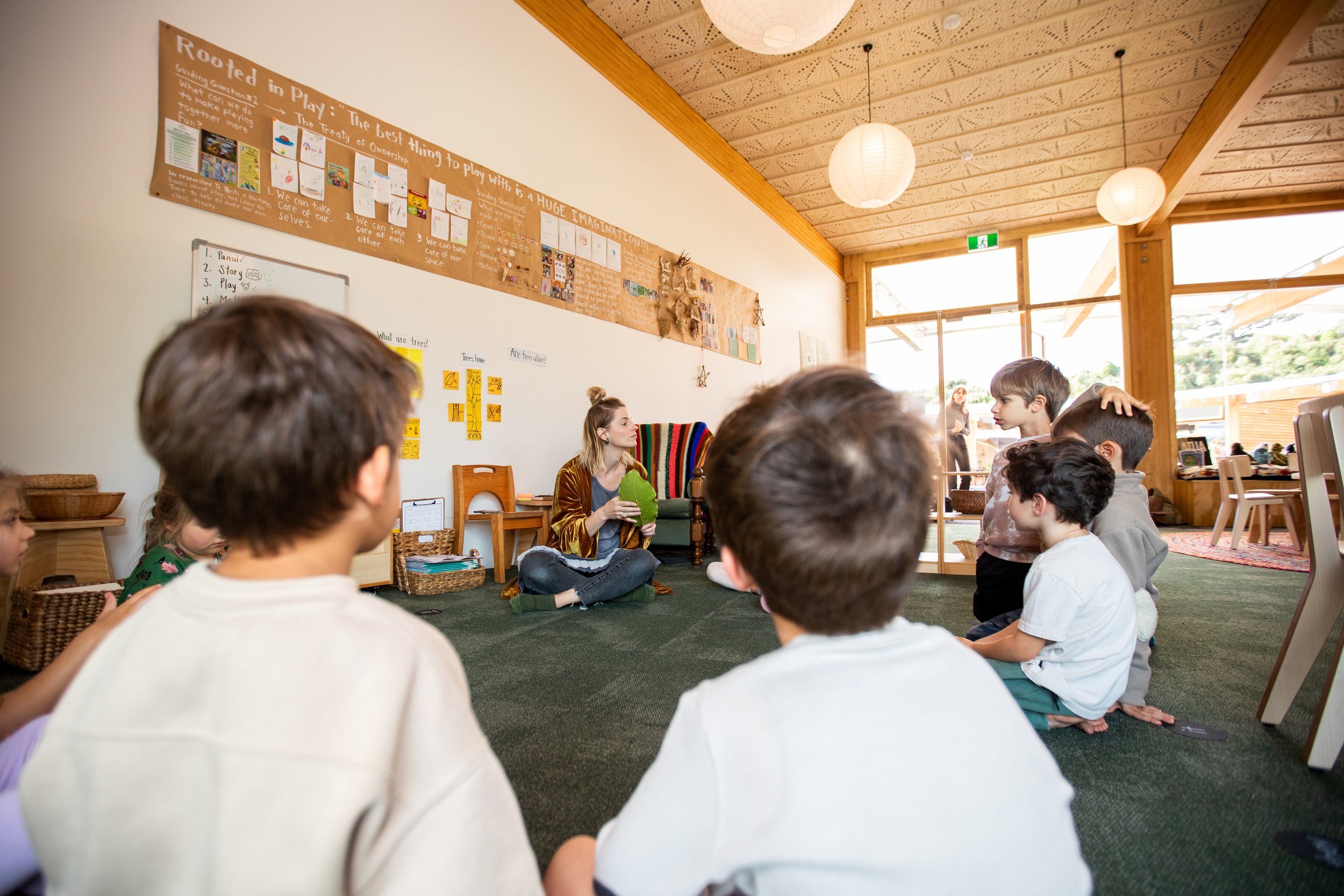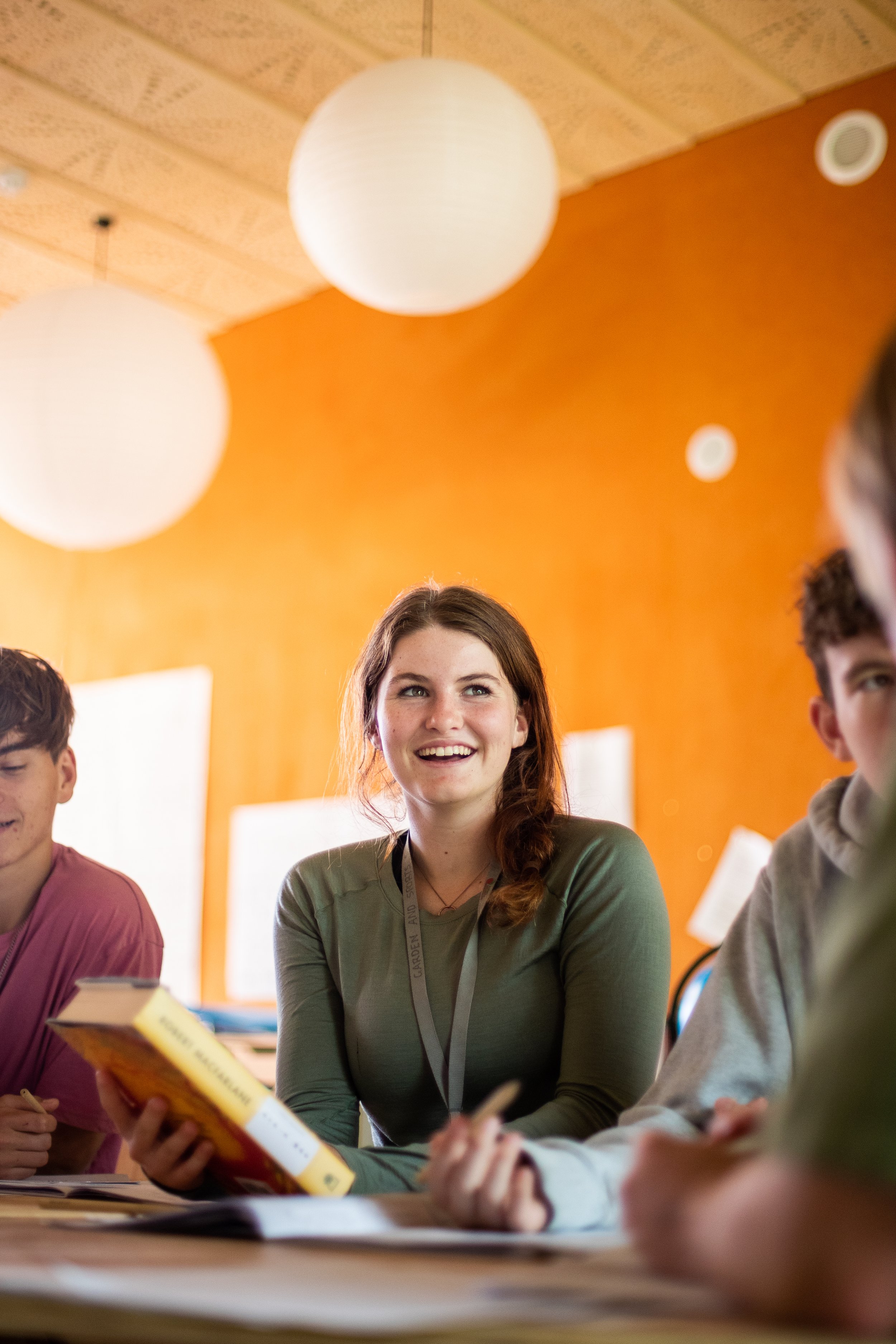Schools that have real ‘Empact’: Empathy - Our Superpower for a Sustainable Future
What if the most important ingredient for building a sustainable future wasn’t technical, but deeply human? Empathy - the ability to step into someone else’s shoes and see the world through their eyes - might just be our greatest untapped resource in the fight for a regenerative, thriving planet.
*Learn more below about Green School New Zealand, or it’s journey here. Hear from Sal here on Toddle Podcast or here on The Learning Future Podcast or a chat with India Future School Leaders and finally Juliette Schraauwers ‘Educators’ watch here.
Because here’s the thing: sustainability isn’t just solar panels, saving endangered species, recycling programs, or policy documents. It’s about people. Individuals. Communities. Generations. It’s about understanding the impact our actions have on others - not just today, but decades from now. Empathy helps us plant trees that future generations will enjoy the shade or harvest the fruit from, reminding us that our choices today shape the world that future generations will live in and cherish.
Empathy is a core value that underpins all of our school’s I-RESPECT principles. It’s the foundation of integrity, responsibility, equity, and trust; it is the bridge that connects peace, community, and sustainability. When learners develop authentic empathy, they are not only cultivating compassion but also creating a moral compass that guides sustainable decision-making.
This understanding starts in our classrooms, which are more than just places for facts and exams - they are ecosystems for nurturing empathy. Every project, group task, or learning experience is an opportunity for learners to practice seeing beyond themselves. When they collaborate on environmental challenges, engage with real-world problems, or listen to diverse perspectives, they are doing more than just learning — they are building the mindset needed for global change.
Imagine learners designing a school garden - but before planting, they consult not only the gardener, the science teacher, and classmates with accessibility needs, but also the local environment and its needs. They consider the native flora and fauna, soil health, and local climate, ensuring their choices support biodiversity and sustainability. This act of consulting reflects genuine empathy, as learners recognise the land’s intrinsic value and their responsibility to nurture and protect their environment as part of the web of life.
That’s empathy in action, shaping sustainable choices rooted in respect and understanding. Or when students explore climate justice by listening to stories from communities already facing the effects of climate change. These experiences turn abstract issues into deeply personal stories, igniting sparks of action born from care and connection.
Empathy isn’t just about understanding other humans; it’s equally vital in how we relate to the natural world. Recognising animals, plants, and ecosystems as living communities helps deepen our care for the environment. Developing empathy towards wildlife and landscapes turns us into better stewards, understanding that every creature and landscape contributes to the web of life.
This approach is especially meaningful in our cultural context, where Māori values such as kaitiakitanga (guardianship) and whanaungatanga (kinship and connection) remind us that we are part of a living environment, not separate from it. Recently, Mount Taranaki was granted "te mana o te taiao". It is a living being – not just rock and snow – he looks after us and we look after him. This embodies the idea that we are temporary stewards, responsible for caring for the land and forests, and respecting nature’s intrinsic value. These cultural practices underline that building empathy toward our environment is essential for true sustainability.
The truth is that technology will evolve and policies will shift. But empathy - genuine, lived empathy - is the glue that will hold our regenerative future together. It’s the moral backbone that allows us to act with compassion, justice, and a sense of shared responsibility. Schools are the prime places where this foundation is built. Here, learners practice seeing the world through others’ eyes, understanding their lived experiences - and in doing so, cultivate the compassion necessary for meaningful change.
This heart-centered capacity to empathise unlocks the potential to become global citizens - innovative, conscious of their impact, and dedicated to creating a future where people and the planet thrive together. The future isn’t just in science, technology, engineering, or math - it’s in human connection, rooted in empathy. It’s in caring deeply with our hearts and minds. And it starts in our classrooms, where we learn that the most transformative change begins with empathy - building a future where people and planet flourish hand in hand.
CAPTION BELOW: @Sal Gordon enjoying Green School NZ recent - Annual ‘Green Stock’ celebration - event!
Learn more about Green School, New Zealand, Aotearoa:
Green School’s mission is to create a global community of learners, making our world sustainable.
From our origins at Green School Bali, we have become a global movement in education, with schools opening in New Zealand and South Africa. Our ‘living’ curriculum educates for sustainability through community-integrated, entrepreneurial learning, in wall-less and nature-immersed environment.
We strive to champion a new model of education that nurtures the whole child, giving them agency in their own lives and learning, so that they can thrive with purpose in our ever-changing world. We invite you to join our global community and discover the difference for your family.
The global Green School movement first began with the opening of Green School Bali in 2008 by life-long entrepreneurs, John and Cynthia Hardy. After years of homeschooling, they wanted their daughters to attend a school that they believed in. Green School New Zealand, Founders the Perretts have a similar story, with their three children and since have become beacons for the future of education, with a growing community of Green School locations around the world.
Education. Green School New Zealand has a progressive focus towards the inclusion of te reo Māori in its curriculum. The use of reo is naturally incorporated into classroom learning, meetings, school signage, kōrero (talking) at break times, during sports and extra-curricular activities. It has been said that Green School is not only a place where Māori culture is seen and heard, but is felt.
Community & the Land The Green School community is one that honours and takes guidance from many elements of tikanga Māori (practices and values). From traditional pōwhiri and mihi whakatau ceremonies to welcome new families and visitors, to annual celebrations of Puanga and Parihaka Day, these practices are respectfully honoured as a way to acknowledge those who came before us, enhance community connections, and provide fulfilling experiences that broaden our knowledge of tikanga Māori.
